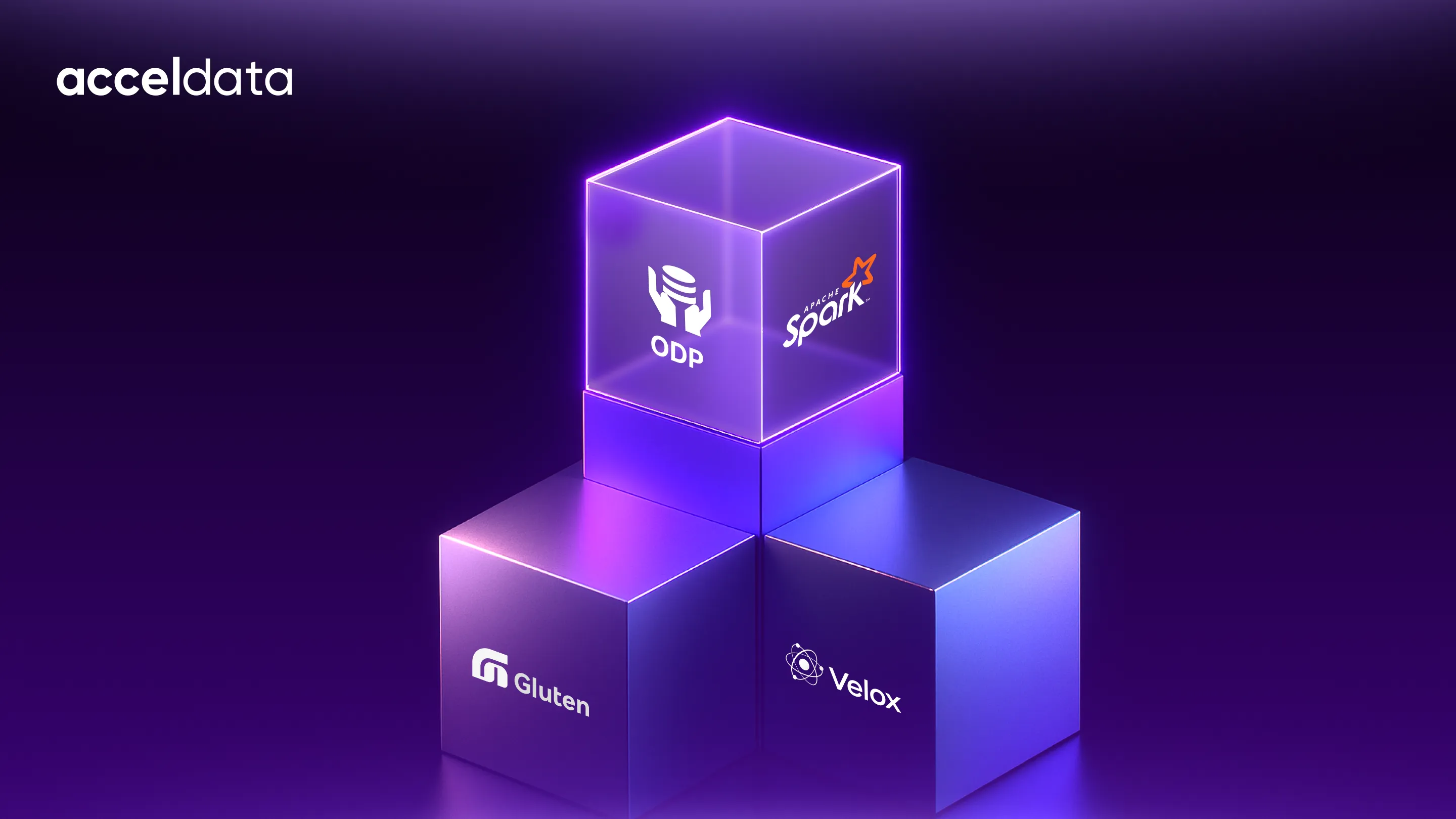A study by McKinsey estimates that supply chain disruptions can reduce profits by as much as 45%. These disruptions often stem from one common issue: mismatches in data.
Imagine you're a supply chain manager, and one day, you discover discrepancies or mismatches in your inventory numbers. This error could cascade through your entire supply chain, leading to costly delays or even stock shortages. Manual reconciliation isn't feasible when dealing with thousands of data points from multiple stakeholders.
Automated supply chain management is the answer to this problem. Let's explore how automating data reconciliation can transform your supply chain management.
Understanding Data Reconciliation in Supply Chain Management
Each process of supply chain management, from procurement and production to logistics and distribution, generates vast data sets. Discrepancies can arise in inventory records, supplier data (pricing or delivery schedules), and purchase orders and invoices, as this data traverses the supply chain.
Such discrepancies can be ascribed to human errors, system integration challenges, or fluctuations in supply chain dynamics. For instance, a supply chain manager might notice a difference in inventory records between a warehouse system and an enterprise resource planning (ERP) platform. This can lead to confusion in stock levels and order fulfillment schedules.
Such inconsistencies can also result in larger issues such as shipment delays, increase in operational costs, and customer dissatisfaction. The cost of manually rectifying these errors is both time-consuming and inefficient.
Data reconciliation is the method of comparing and ensuring consistency between different datasets. Automated data reconciliation software is essential, as it enables real-time, accurate data matching across the entire supply chain, resulting in accelerated processes, significant decrease in errors, and optimized overall supply chain performance.
Role of Automation in Data Reconciliation
Real-time update is a key benefit of automation in data reconciliation. Automated systems continuously monitor and sync data across various platforms, ensuring that every department has access to up-to-date information. For instance, an automated system can instantly match an invoice with the corresponding purchase order and shipment data, significantly reducing manual verification time and minimizing potential discrepancies.
Usage of predefined rules and algorithms can help detect and reconcile differences such as data entry mistakes or human oversight. This can lead to faster issue resolution and improved data accuracy, allowing the supply chain manager to focus on important decision-making tasks.
Supply chain automation also helps you mitigate issues such as delays in shipment or order fulfillment. For instance, automated systems can trigger alerts for low stock levels or fulfillment inconsistencies when inventory records are updated in real time, preventing bottlenecks and improving overall efficiency.
Key Features of Data Reconciliation Software
Data reconciliation software is vital for maintaining accuracy and efficiency in supply chain management. You need a tool equipped with features designed to streamline operations and ensure seamless data integration across systems.
- Data integration: Your reconciliation system should be able to connect with multiple data sources, such as ERP systems, inventory management platforms, and supplier databases. This ensures that all relevant data can be reconciled in one place, thus facilitating a holistic view of the supply chain.
- Automated matching and validation: The software must be capable of automatically matching data across different systems (e.g., purchase orders with invoices). This eliminates the need for manual intervention, thus saving time and minimizing the risk of human errors. Built-in validation tools ensure the accuracy of matched data.
- Exception handling: The ability to identify and manage discrepancies is a critical component of data reconciliation software. The system should provide exception-handling capabilities upon the detection of anomalies or mismatched data. This would allow you to address issues efficiently without disrupting the workflow.
- Reporting and analytics: You will also require comprehensive reporting tools to monitor reconciliation outcomes and identify trends. With analytics, you can pinpoint recurring issues, measure performance, and make data-driven decisions for continuous improvement.
Benefits of Automated Reconciliation Tools in Supply Chain Management
Let's explore the improvements in overall operations, now that we have automated data reconciliation software in supply chain management.
- Cost savings: Automated reconciliation tools help lower operational costs by reducing the need for manual labor. Automation eliminates repetitive tasks such as manual data entry, freeing up employees to focus on more strategic activities. This leads to significant savings in workforce expenses.
- Time efficiency: Automated reconciliation tools expedite reconciliation by quickly identifying and resolving discrepancies in real time. This reduces delays, ensuring smooth operations and quicker decision-making, which is particularly crucial in fast-moving supply chains.
- Improved accuracy and compliance: Elimination of human errors helps improve data accuracy. Reliable, up-to-date data enables you to be better positioned to meet regulatory compliance standards, avoiding penalties and potential reputational damage due to inaccuracies.
- Enhanced decision-making: Reliable and reconciled data provides a strong foundation for strategic decisions. Accurate data enables better forecasting, inventory management, and supplier relationships, providing you with a competitive edge in optimizing your supply chain operations.
Implementing Automated Data Reconciliation in Your Supply Chain
You must adopt a structured approach to ensure seamless integration and optimal performance for the successful implementation of automated data reconciliation.
1. Evaluate existing processes: Begin by assessing your current data management and reconciliation workflows. You must identify bottlenecks, error-prone areas, and inefficiencies that could benefit from automation. Understand your existing challenges and determine the scope and goals of the automation project.
2. Select right software: You must consider factors such as compatibility with your supply chain platforms (ERP, inventory management, etc.), scalability, and the ability to meet specific industry requirements when choosing data reconciliation software.
3. System integration and training: Integrating the new software with your current systems should be a smooth process. You need to ensure that data flows seamlessly between platforms. Additionally, you need to train your staff on the new system to ensure they can fully leverage its features and understand the new workflows, fostering a smoother transition to automation.
4. Continuous monitoring and adjustments: After implementation, monitor the system's performance to identify any areas for improvement. Regular evaluations will allow you to adjust the automated reconciliation processes, fine-tune settings, and keep the system aligned with evolving business needs.
Acceldata's Role in Automating Data Reconciliation for Efficient Supply Chain Management
Acceldata makes supply chain management more efficient by including automated data reconciliation that ensures accuracy and consistency across multiple systems as well as processes. Continuous monitoring and validation of data help this platform identify mismatches, missing information, or differences in formatting source versus destination records. Real-time alerts related to the mismatches enable supply chain teams to ensure that errors are corrected even before they gain momentum and cause unnecessary hassle. In such a scenario, proactive reconciliation of data evades the costly mistakes and business disruptions of businesses, aligning their supply chains to be both reliable and agile.
In addition, Acceldata's Torch also has a policy for data reconciliation, ensuring data quality is consistent across different assets. It means the supply chain will be even more efficient because the automated process validates and maintains data at every stage of its lifecycle, thus preventing costly errors and maintaining high performance. Businesses can count on their data completely to make information-based, timely decisions while using Acceldata.
Optimise your supply chain today by requesting a demo with Acceldata!
Summary
Data discrepancies between systems go unchecked for long periods of time without automated data reconciliation for supply chain management. Manually reconciling inventory records, supplier orders, and shipment details opens the door to human errors, resulting in costly delays, increased labor, and diminished agility in a fast-paced market. Acceldata can help you overcome these challenges by creating an automated supply chain management system.
















.webp)
.webp)


